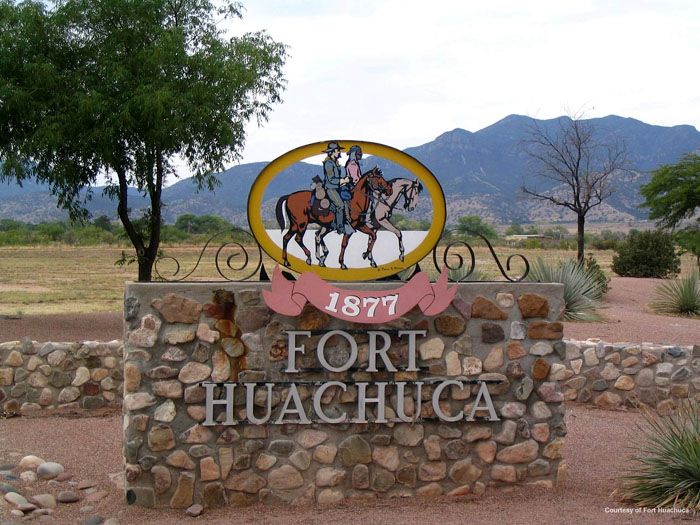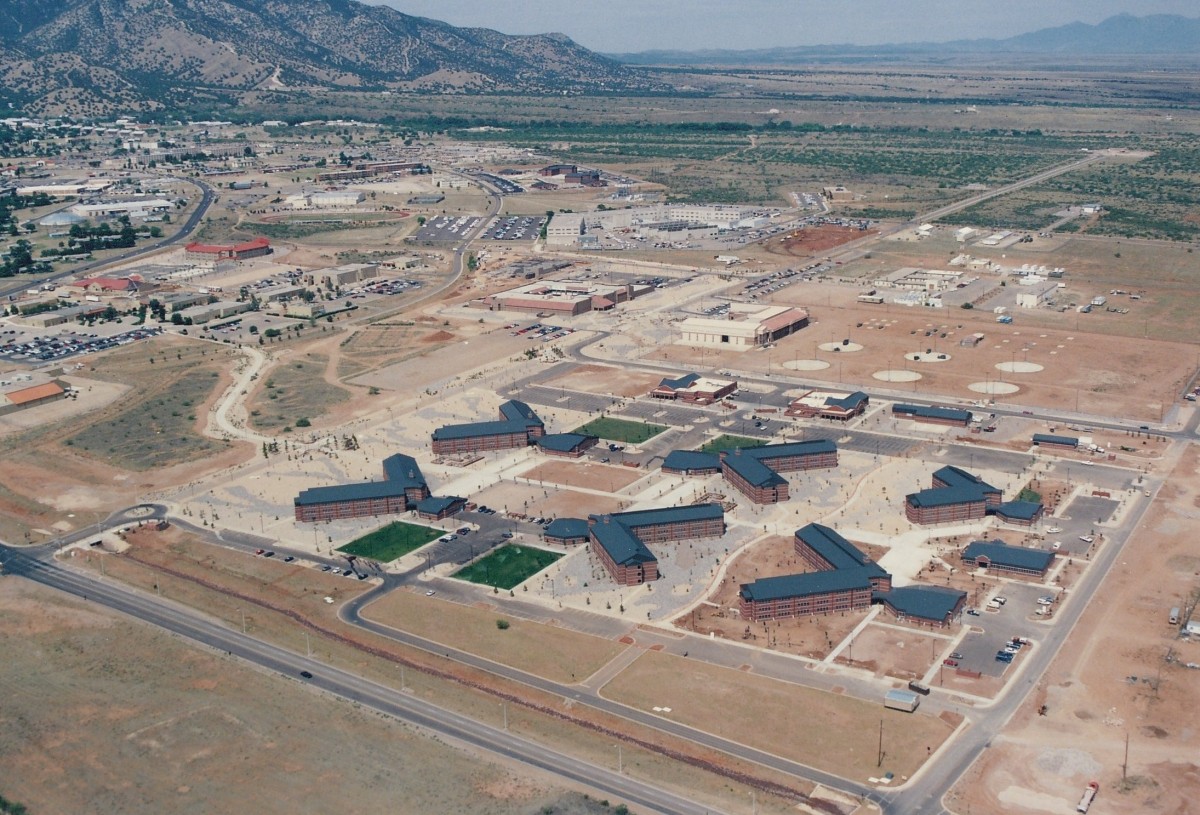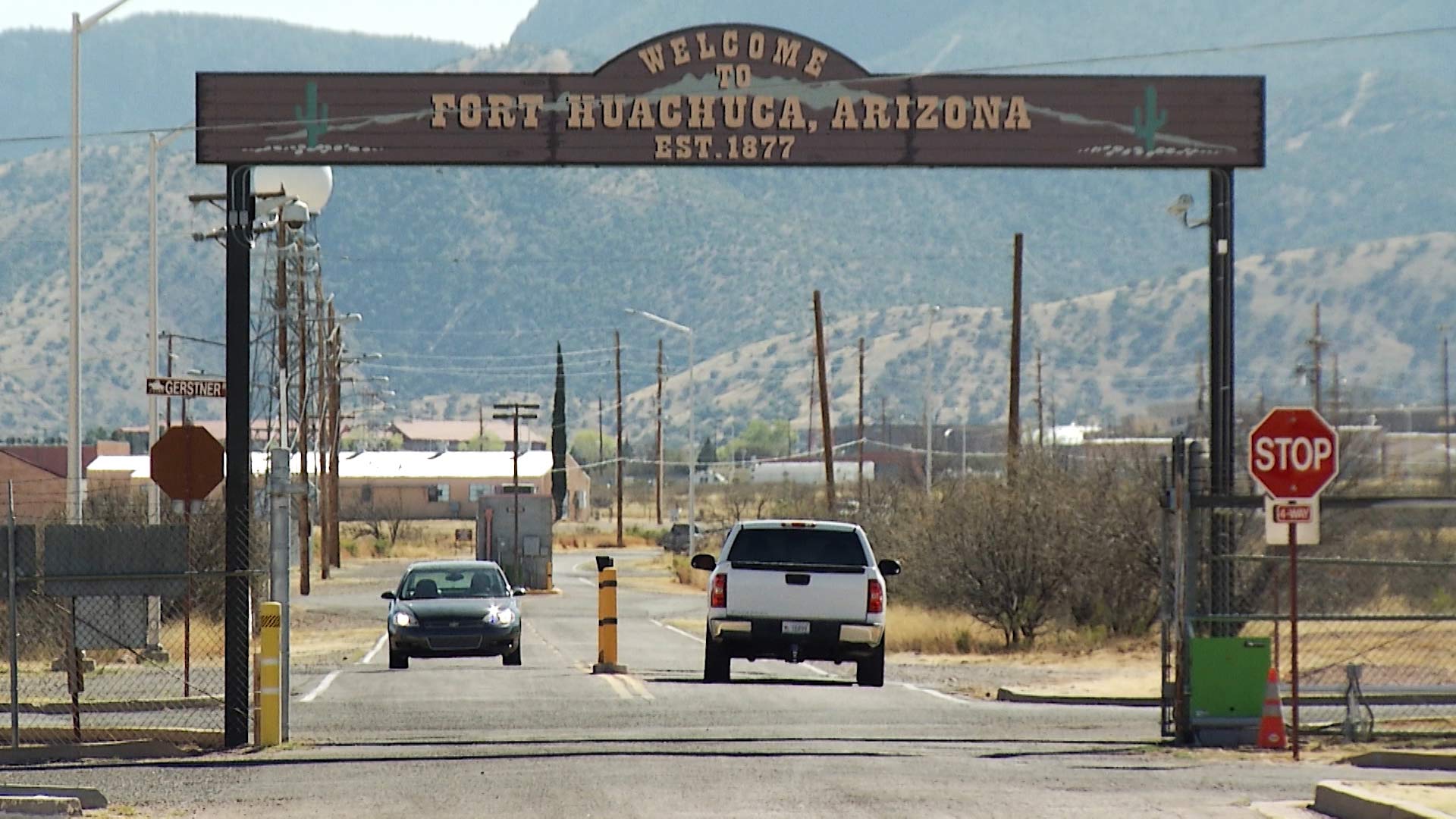
Fort Huachuca: Sentinel of the Sonoran, Crucible of Cyber Warfare
In the rugged embrace of Arizona’s Sonoran Desert, where ancient mountains pierce a vast, blue sky, lies a place that defies easy categorization. Fort Huachuca, a name that echoes with the footsteps of Buffalo Soldiers and the whispers of Apache warriors, is not merely a military installation; it is a living, breathing paradox. It is a bastion of history, a silent observer of a dynamic border, and, perhaps most crucially, the beating heart of the U.S. Army’s intelligence and cyber warfare capabilities. From the dust-caked boots of cavalrymen to the silent hum of servers processing petabytes of data, Fort Huachuca has continuously adapted, evolving from a frontier outpost into a cutting-edge nexus of national security, safeguarding the nation’s interests in an ever-more complex world.
Founded in 1877, Fort Huachuca’s origins are deeply rooted in the tumultuous history of the American West. Established to counter Apache raids and protect settlers and mining interests, its strategic location in the Huachuca Mountains, a "sky island" range rising dramatically from the desert floor, offered a commanding view of the surrounding terrain. For decades, it served as a vital base during the Apache Wars, playing a critical role in campaigns against legendary figures like Geronimo. The fort’s isolation, a defining characteristic then as now, made it an ideal staging point for military operations in a harsh, unforgiving landscape.
No chapter in Fort Huachuca’s history is more indelible, however, than its association with the Buffalo Soldiers. For over 20 years, from 1913 to 1933, the post was home to the 10th Cavalry Regiment, one of the original African American units formed after the Civil War. These courageous soldiers, often facing discrimination and prejudice, earned their moniker from Native American tribes who likened their dark, curly hair to that of the revered buffalo. They patrolled the border, maintained order, and protected national parks, leaving an extraordinary legacy of resilience, professionalism, and unwavering service. Their presence at Fort Huachuca underscores a significant, albeit often overlooked, part of American military and civil rights history. As one historian noted, "The Buffalo Soldiers at Huachuca were not just soldiers; they were pioneers, pushing boundaries of both geography and social acceptance, embodying the very best of military dedication."

Beyond the Apache Wars, Fort Huachuca continued to play a role in national defense. During the Mexican Revolution, General John J. Pershing launched his Punitive Expedition into Mexico from the fort in 1916, chasing Pancho Villa. World War I saw the post expand as a training ground, and in World War II, it became a significant center for the training of African American soldiers, including the 92nd and 93rd Infantry Divisions, before their deployment to combat theaters. Each era molded the fort, adding layers to its unique character and reinforcing its importance as a strategic asset.
The Cold War marked a pivotal transformation for Fort Huachuca. As the nature of warfare shifted from traditional ground combat to a more technologically advanced, intelligence-driven approach, so too did the fort’s mission. In the 1970s, it was designated as the home of the U.S. Army Intelligence Center and School, a move that fundamentally reshaped its identity and cemented its future. This transition, from a cavalry post to the epicenter of military intelligence, was a testament to the Army’s foresight and the fort’s inherent adaptability.
Today, Fort Huachuca stands as the U.S. Army Intelligence Center of Excellence (USAICoE) and the headquarters for the U.S. Army Network Enterprise Technology Command (NETCOM). It is "The Home of Army Intelligence," a title proudly displayed and rigorously upheld. This designation signifies its critical role in training the next generation of intelligence professionals – the "35 series" Military Occupational Specialties (MOS) – who serve as the eyes and ears of the modern Army. From intelligence analysts and cryptologic linguists to human intelligence collectors and geospatial intelligence specialists, these soldiers are forged in the desert crucible of Fort Huachuca.
The training here is intense and comprehensive, reflecting the complex threats the nation faces. Soldiers learn to collect, process, analyze, and disseminate intelligence from a myriad of sources, often under high-pressure scenarios designed to mimic real-world combat environments. They master the intricacies of signals intelligence (SIGINT), human intelligence (HUMINT), imagery intelligence (IMINT), and open-source intelligence (OSINT). The curriculum is constantly updated to address emerging technologies and evolving adversary tactics, ensuring that graduates are prepared for the fluid battlefields of the 21st century.
Perhaps the most significant aspect of Fort Huachuca’s contemporary mission lies in its deep dive into cyber warfare and electronic warfare (EW). In an era where conflicts are increasingly fought not only on land, air, and sea but also in the digital domain, the fort has become a vital hub for developing and honing these critical capabilities. It is here that soldiers learn the art of network defense, digital forensics, offensive cyber operations, and the manipulation of the electromagnetic spectrum. The quiet desert air often carries the silent signals of advanced electronic warfare exercises, as the Army experiments with new ways to gain an advantage in the invisible battle for information dominance.
The fort’s unique geography plays a crucial role in its modern mission. Its expansive, often uncrowded airspace, coupled with diverse terrain mimicking potential operational environments, makes it an ideal proving ground for unmanned aircraft systems (UAS), commonly known as drones. From surveillance to reconnaissance, the integration of UAS into intelligence gathering is a cornerstone of modern warfare, and Fort Huachuca is at the forefront of their development and deployment. The remote location also provides an isolated, secure environment necessary for sensitive research and development in intelligence technologies, away from prying eyes and electronic interference.
Moreover, Fort Huachuca’s proximity to the U.S.-Mexico border, while historically a reason for its founding, continues to be relevant. It provides a real-world training environment for border security operations and offers valuable insights into the challenges of intelligence gathering in a complex cross-cultural and transnational setting. This unique geographical advantage allows for realistic exercises that prepare soldiers for a range of contingencies, from counter-narcotics operations to humanitarian assistance.
Beyond its military functions, Fort Huachuca is inextricably linked to the nearby city of Sierra Vista. The fort is the economic engine of the region, providing thousands of jobs and supporting a vibrant community of military families, retirees, and civilian contractors. The relationship is symbiotic: the fort relies on the local infrastructure and workforce, while the city thrives on the presence of the military. This creates a distinctive culture where military precision blends with desert hospitality, and where the echoes of history resonate alongside the promise of technological advancement.

Life at Fort Huachuca, though demanding for its soldiers, offers its own unique charm. The "sky island" environment provides a surprisingly rich biodiversity, with diverse flora and fauna not typically associated with the desert. The surrounding Huachuca Mountains offer opportunities for hiking, birdwatching, and outdoor recreation, providing a stark contrast to the high-tech, often indoor world of intelligence analysis. The community, both on and off-post, is close-knit, fostering a strong sense of camaraderie among those who serve and support the mission.
Looking to the future, Fort Huachuca faces the constant challenge of adapting to an ever-evolving global threat landscape. The rise of peer competitors, the proliferation of advanced technologies, and the increasing sophistication of cyber threats mean that the fort’s mission will only grow in importance. Investment in cutting-edge research, development of new training methodologies, and fostering an innovative mindset will be crucial to maintaining its edge. As Major General [Fictional Name], Commanding General of USAICoE, recently stated, "The battlefields of today and tomorrow are as much in the digital realm as they are on physical terrain. Fort Huachuca is where we ensure our soldiers are not just participants, but masters of that domain, protecting our nation from the shadows."
In conclusion, Fort Huachuca is far more than just another military base. It is a monument to endurance, a testament to adaptability, and a vital nexus of national security. From its humble beginnings as a dusty frontier outpost, guarding a nascent nation’s borders, it has transformed into a sophisticated center of intelligence and cyber warfare, defending the nation’s interests in an era of unprecedented technological complexity. Its story is one of continuous evolution, a place where the echoes of Buffalo Soldiers marching through the Sonoran Desert blend seamlessly with the silent, unseen battles fought in the digital ether. Fort Huachuca stands as a silent sentinel, ever vigilant, ever evolving, and forever indispensable to the defense of the United States.


